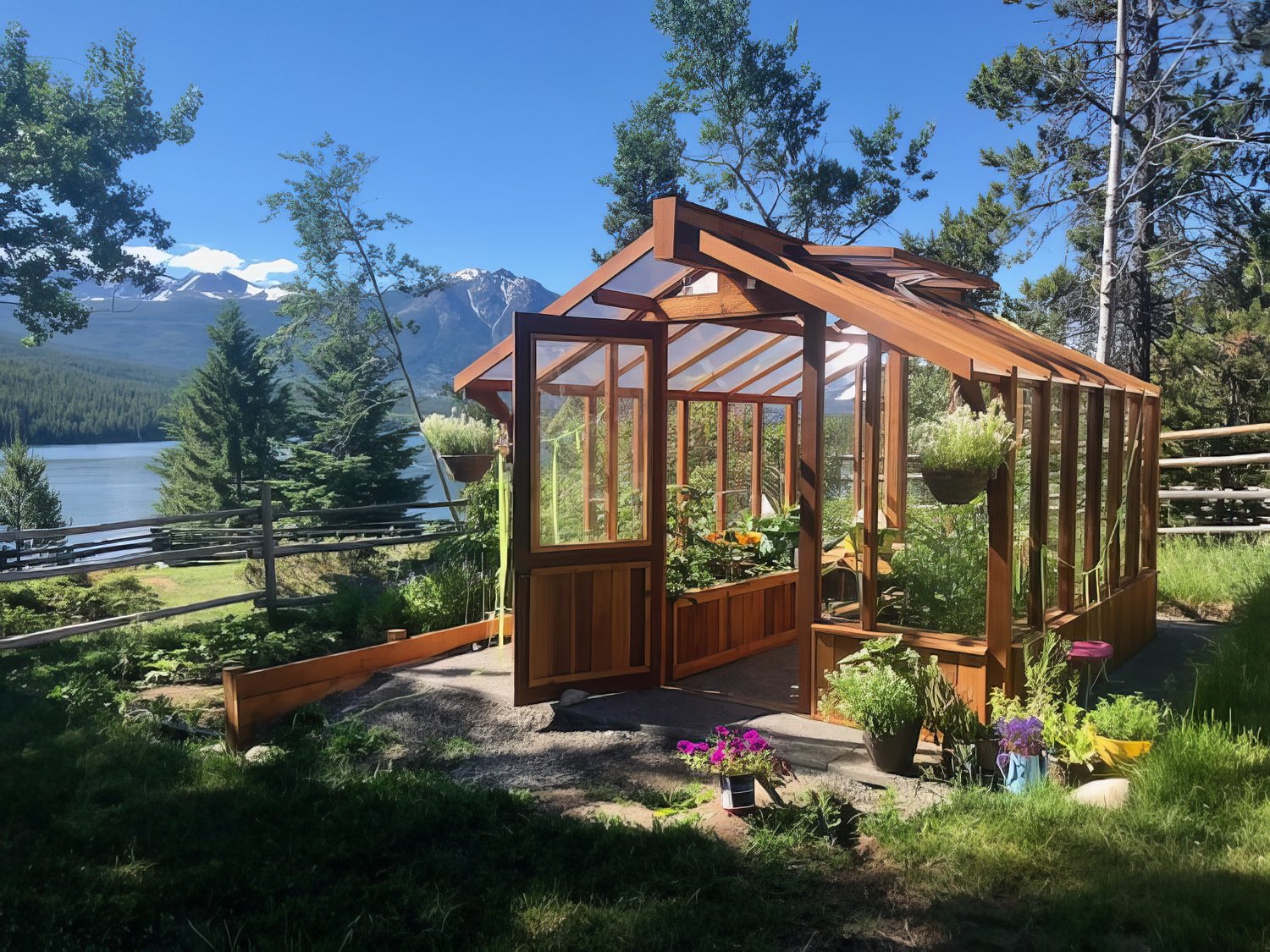Residential Oasis: Monarch Residential Greenhouse Utah Haven for Plant Kingdoms
Wiki Article
The Future of Greenhouses: Technologies in Lasting Farming
Are you interested about the future of greenhouses and exactly how they are reinventing lasting farming? From innovative environment control systems to upright farming methods, water-efficient irrigation methods, eco-friendly power assimilation, and smart information analytics, these innovations are transforming the way we grow our food.Advanced Climate Control Equipment
To accomplish optimal expanding problems, you can rely upon the developments in greenhouses with advanced climate control systems. These systems have actually reinvented the way we grow crops, providing a regulated environment that contributes to plant development. With these ingenious systems, you can now adjust temperature, moisture, light levels, and also CO2 concentrations to develop the best conditions for your plants to prosper.One of the key attributes of these sophisticated environment control systems is their ability to manage temperature. By using sensing units and automated controls, the greenhouse can adjust the temperature level based on the certain needs of the plants. This guarantees that they are never subjected to extreme warmth or cold, which can be harmful to their development.
Moisture control is another crucial aspect of these systems. By preserving the suitable moisture degrees, you can avoid problems such as mold, mold, and condition from influencing your crops. These systems can likewise manage the amount of light that gets to the plants, guaranteeing that they get the optimum amount for photosynthesis.
Additionally, advanced climate control systems can also manipulate CO2 focus. By enhancing the degrees of CO2 in the greenhouse, you can improve plant development and performance. This is especially useful in locations with reduced all-natural carbon dioxide levels.
Vertical Farming Strategies
One essential upright farming method is utilizing piled expanding systems. Stacked growing systems are generally utilized in urban areas where room is restricted.One prominent technique is called vertical hydroponics, where plants are expanded in nutrient-rich water without soil. This method is very reliable as it minimizes water usage by as much as 90% compared to standard farming methods. Furthermore, because the plants are expanded inside your home, they are secured from bugs and conditions, reducing the requirement for pesticides.
One more technique is aeroponics, which entails putting on hold the plant roots in a mist or air atmosphere. This approach permits ideal nutrient absorption and oxygenation, leading to faster growth and greater returns. Aeroponics likewise makes use of less water than conventional farming and can be implemented in vertical systems, making it a preferred choice for vertical farming.
Water-efficient Irrigation Approaches
Maximizing water conservation is vital when it involves applying water-efficient watering methods in sustainable farming. With worldwide water shortage ending up being a pushing problem, it is essential to establish ingenious techniques that enhance water use in greenhouse procedures.One appealing technique is drip irrigation, which delivers water straight to the plant origins, minimizing waste and dissipation. By using a network of tubes with tiny emitters, water is used slowly and precisely, guaranteeing that plants obtain the required dampness without excess runoff.
One Monarch Decorative Greenhouse Utah more reliable technique is the use of soil wetness sensors. These tools determine the wetness web content in the soil and provide real-time data to farmers. By keeping an eye on the dirt's wetness levels, farmers can precisely identify when and how much water to use, protecting against over-irrigation.
Furthermore, the application of rainwater harvesting systems is acquiring appeal in greenhouse farming. Accumulating rain from rooftops and storing it in containers allows farmers to utilize this all-natural resource for irrigation functions, decreasing reliance on traditional water resources.
Last but not least, the fostering of automated irrigation systems can considerably boost water effectiveness. These systems utilize sensing units to detect dirt wetness degrees and climate condition, adjusting irrigation timetables as necessary. By maximizing water usage based upon real plant demands, these systems can lower water waste and promote sustainable farming practices.
Renewable Resource Assimilation
Renewable energy integration in greenhouses uses several advantages, consisting of decreased operating expenses and decreased reliance on non-renewable energy resources. The generated power can after that be made use of to run numerous operations within the greenhouse, such as lighting, home heating, and air flow systems. These turbines harness wind power and convert it right into electricity, which can be utilized to supplement the power needs of the greenhouse.Smart Information Analytics and Automation
To boost the performance of your greenhouse operations and optimize resource usage, consider implementing smart data analytics and automation. Smart data analytics involves gathering and assessing information from numerous sensing units and gadgets within your greenhouse.
Automation, on the various other hand, entails making use of modern technology to automate jobs that were formerly done by hand. This can consist of automating the control of lights, ventilation, irrigation systems, and nutrient shipment. By automating these processes, you can ensure that your plants obtain the appropriate conditions and nutrients at the correct time, without the need for consistent hands-on treatment. This not only saves you effort and time but likewise lowers the danger of human error.
Additionally, wise information analytics and automation can collaborate synergistically. The information gathered by sensing units can be made use of to inform computerized systems, enabling them to make real-time adjustments based on the present conditions. This combination of information analytics and automation can bring about much more reliable and specific resource appropriation, ultimately leading to greater yields and far better crop high quality.
Verdict
In conclusion, the future of greenhouses in sustainable farming looks encouraging. With sophisticated climate control systems, vertical farming techniques, water-efficient watering approaches, and renewable energy integration, greenhouses are ending up being much more ecologically friendly and reliable.
By optimizing water usage based on actual plant needs, these systems can minimize water waste and advertise lasting farming techniques.

Report this wiki page